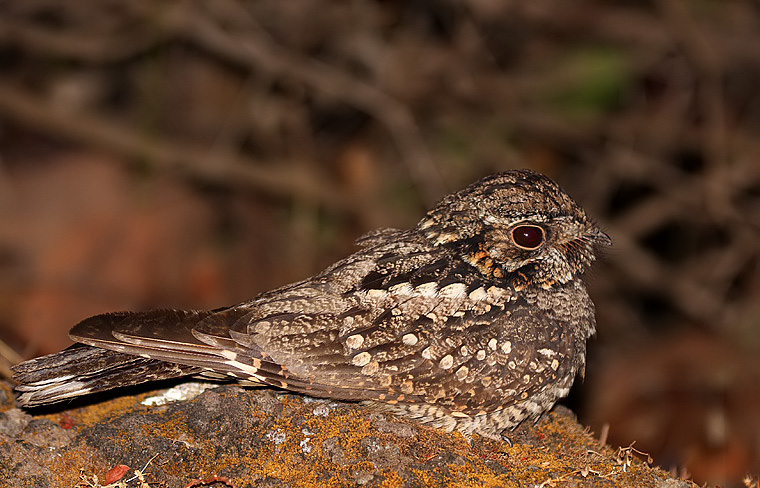
Caprimulgus indicus
SUBFAMILY
Caprimulginae
TAXONOMY
Caprimulgus indicus Latham, 1790, India. Five subspecies.
OTHER COMMON NAMES
English: Japanese, jungle, or migratory nightjar; French: Engoulevent
jotaka; German: Dschungelnachtschwalbe; Spanish:
Chotacabras de Jungla.
PHYSICAL CHARACTERISTICS
8.3–11.4 in (21–29 cm); 2.4–3.8 oz (69–107 g). Grayish brown,
blackish brown, buff, tawny, brown, and grayish white cryptic
coloration. Sexually dimorphic.
DISTRIBUTION
Breeds in southern and eastern Asia from India to northeast
China and Japan; northern populations migrate to winter south
to Java.
HABITAT
Open forests, woodlands, scrub, and farmland.
BEHAVIOR
Roosts during day; active mainly at dusk and before dawn.
Territorial song a long series of rapidly repeated knocking
sounds.
FEEDING ECOLOGY AND DIET
Catches insect prey in sustained hawking flight and by shorter
sallying flights from perches.
REPRODUCTIVE BIOLOGY
Unlined nest on ground with clutch of two eggs. Eggs are
white, pale cream, or pale gray, marbled with dark brown or
grayish, with overlying spots of clear gray. Incubation mostly
by female, for period of 16–17 days. Small young have tawny
down. Fledging period probably about 18 days.
CONSERVATION STATUS
Species is not threatened, but endemic subspecies in Palau Islands
is uncommon and declining.
SIGNIFICANCE TO HUMANS
Infrequently noticed by local people, except for nocturnal
songs.
Photo Gallery of - Gray nightjar
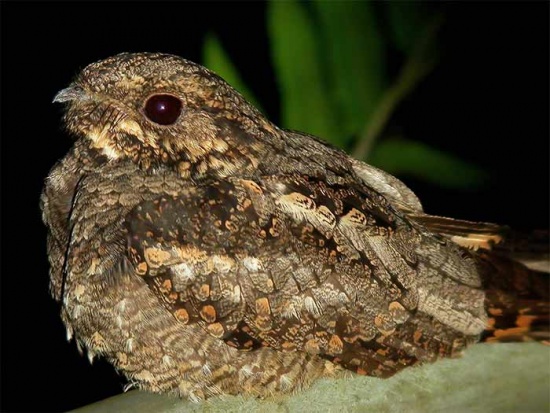
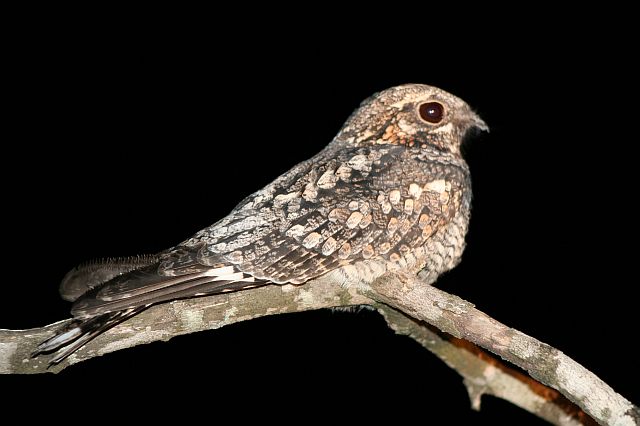
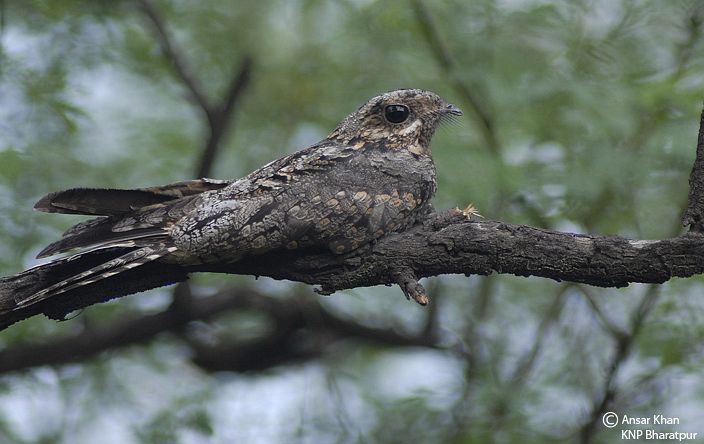
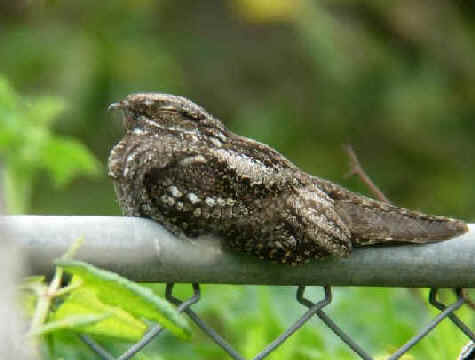
 Animalia Life
Animalia Life